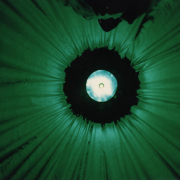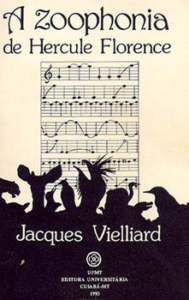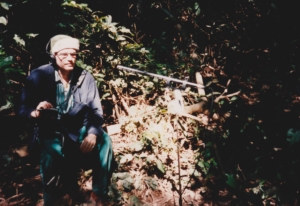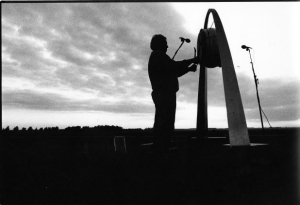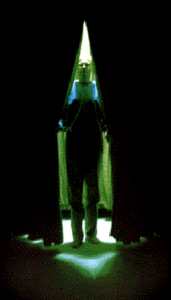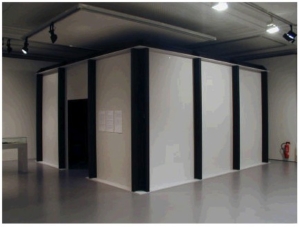Zoophonia
The search for a.o. animal sounds
1. History
The 1822 expedition
Between the years 1822 and 1829 the “Langsdorff“ expedition took place in Brazil. By order of Czar Alexander the 1st the German baron Georg Heinrich von Langsdorff went to explore the inlands of Brazil up to the amazon together with scientists and artists from Russia, France and Germany. One of the baron’s many companions was the in 1804 in nice born French painter Hercule Florence. He recorded the landscape, the indigenous people, the vegetation and the animals in drawings and water-colours.
Beside these activities Florence also described the sounds of the environment, for example the different animals. (soundscape)
In 1829 he published his book “Zoophonia“ in which he described his acoustical experiences in words and in a self-developed music-language.
The sound explorer Florence was one of the first men to see the link between “sound“ and music. He participated in a music-conception which was further experienced in the 20st century. (Edgar Varese or the “musique concrete“)
These writings and notes were kept in the academy of sciences in St. Petersburg and could get in public in 1989 after the political opening of the soviet union.
2. Follow up
In April 1995 an expedition followed the traces of Langsdorff. A group of experts from several countries and different art fields tried to work up with their own means the geographical, ethnic, ecological, political, social and cultural changes in Brazil during the past 166 years.
My objective was to see how far the “text sound” (1822-1829) of Florence would differ from the sounds of today and to experience and communicate by musical means the Brazilian culture and society acoustical manifestations of the past and present.

